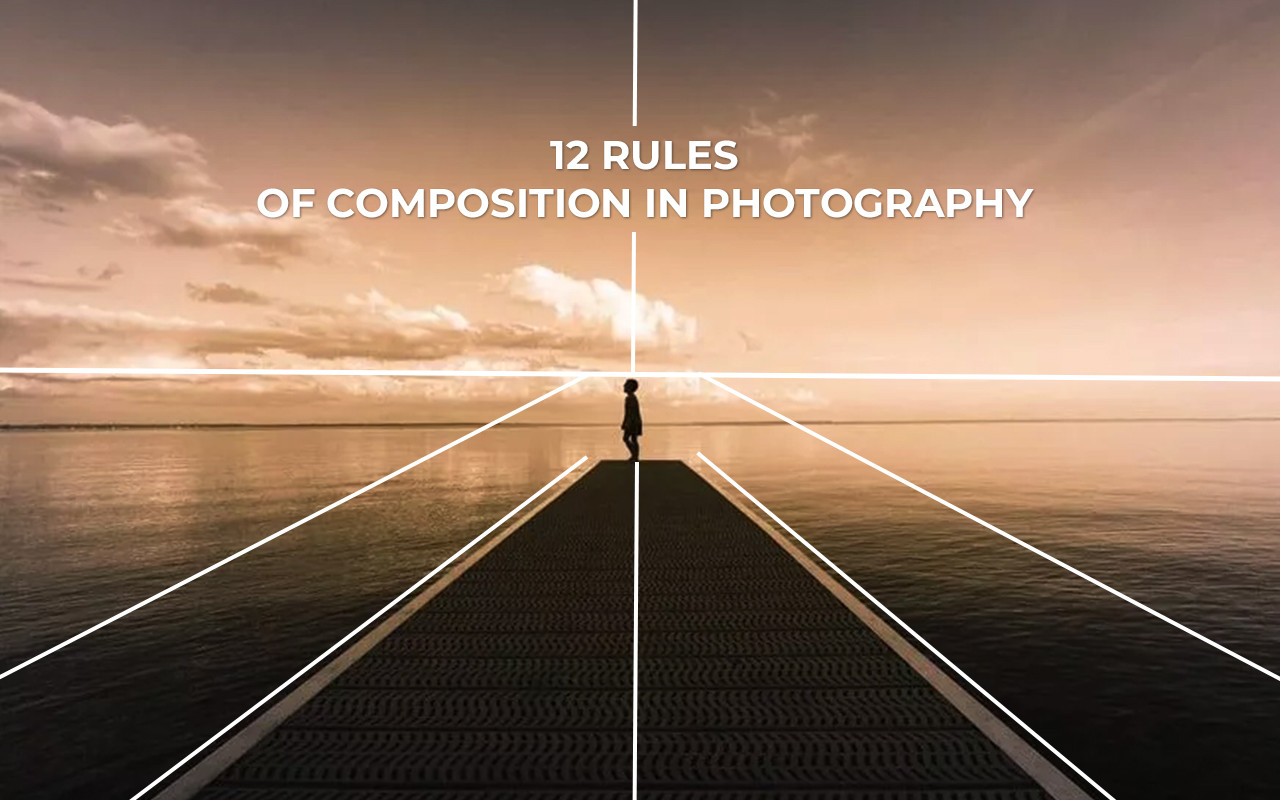
By David Bathgate, Documentary & Travel Photographer
When I first picked up a camera seriously in the early '90s, I had no idea that composition would become the obsession that has defined my career. After thousands of assignments across four continents for publications like Time and The New York Times, I've learned one truth: it's not the camera that makes the photograph—it's the eye behind it.
I remember standing in a dusty village in Rajasthan, surrounded by vibrant colors and fascinating faces, yet feeling frustrated with my images. They didn't capture what I was experiencing. That's when I realized I needed to stop photographing what things looked like and start capturing how they felt.
Composition is exactly that—the emotional grammar of photography. Let me share the 12 rules that have guided my work from the crowded streets of Mumbai to the silent deserts of Morocco.
The rule of thirds divides your frame into nine equal parts with two horizontal and two vertical lines. Place your subject at the intersections of these lines—not dead center.

I once photographed a fisherman on Dal Lake in Kashmir at dawn. By placing him at the right intersection point with his boat, creating a leading line from the left, the image conveyed both his solitude and connection to the water in ways a centered composition never could.
Leading lines guide your viewer's eye through the photograph, creating depth and direction.


During an assignment in Fez, Morocco, I used the narrow, winding alleyways to draw viewers deeper into the ancient medina. The lines created by the walls didn't just show a path—they told the story of a journey into history.
Natural frames within your composition add depth and focus attention on your subject.


Balance in photography isn't about symmetry—it's about distributing visual weight.

I've seen too many photographers try to include everything in the frame. The strongest images often contain the fewest elements.


On an assignment in Bangladesh, I spent hours photographing shipbreakers working on massive tankers. My breakthrough came when I stopped trying to show the entire scene and instead isolated a single worker against the rusty hull. Sometimes one story tells more than a thousand.
Don't be afraid to get close—physically or with your lens.


Controlling what's sharp and what's soft is perhaps your most powerful creative tool.
Where you stand in relation to your subject dramatically changes your message.


In Afghanistan, I photographed a village elder from slightly below eye level, giving him a sense of dignity and authority that reflected his position in the community. The next day, I photographed children playing from a rooftop, showing their relationship to their environment in a way impossible from eye level.

The human eye naturally seeks patterns. Finding and capturing them creates visually satisfying images.

While similar to the rule of thirds, the golden ratio (approximately 1:1.618) creates compositions that feel naturally balanced because this proportion appears throughout nature.



The empty areas around your subject can be as important as the subject itself.

During a monsoon in Mumbai, I photographed a single bright yellow umbrella against a vast gray sky. The emptiness around it told the story of isolation amid the overwhelming deluge far better than a crowded street scene could have.
Every rule I've mentioned should be broken—but only when you understand why you're breaking it.
Some of my most published images deliberately violate these principles. A perfectly centered subject can convey powerful symmetry. A cluttered frame can communicate chaos. The rules aren't chains—they're foundations.
Photography isn't just about pressing a button—it's about training yourself to see differently. According to research by Cambridge University, the average person spends less than 20 seconds looking at a photograph in a gallery. Your composition needs to communicate instantly.
I've found that the best way to improve is through deliberate practice:
After three decades behind the camera, I still do this exercise whenever I feel my work becoming formulaic.
Composition isn't something you master once and forget—it's a lifelong journey of refinement. Even now, I find new ways to arrange elements within my frame to tell more compelling stories.
The next time you pick up your camera, slow down. Don't just photograph what you see—photograph what you feel. Ask yourself: "What story am I trying to tell with this image?" Then use these compositional tools to tell that story more effectively.
What aspect of composition will you focus on in your next photography session? The path to more powerful images begins with your very next frame.
Ready to take your photography further? Join me for an immersive workshop in Morocco or India, where we'll explore these principles in some of the world's most visually rich environments. Visit The Compelling Image to learn more about upcoming opportunities to transform how you see and capture the world.